Discover 10 natural fruit-drying methods at home that maintain nutrients, taste, and freshness without chemicals. Learn clean techniques using the solar oven, dehydrator, air drying, and more.
Preserving the end result obviously is one of the oldest and healthiest ways to enjoy your harvest all year long. Drying the end result at home doesn’t simply save cash—it also offers you entire control over elements, flavors, and hygiene.
Here’s your clean, step-by-step manual to natural fruit-drying methods at home, the usage of easy gear, and techniques everybody can do.
1. Sun Drying Method
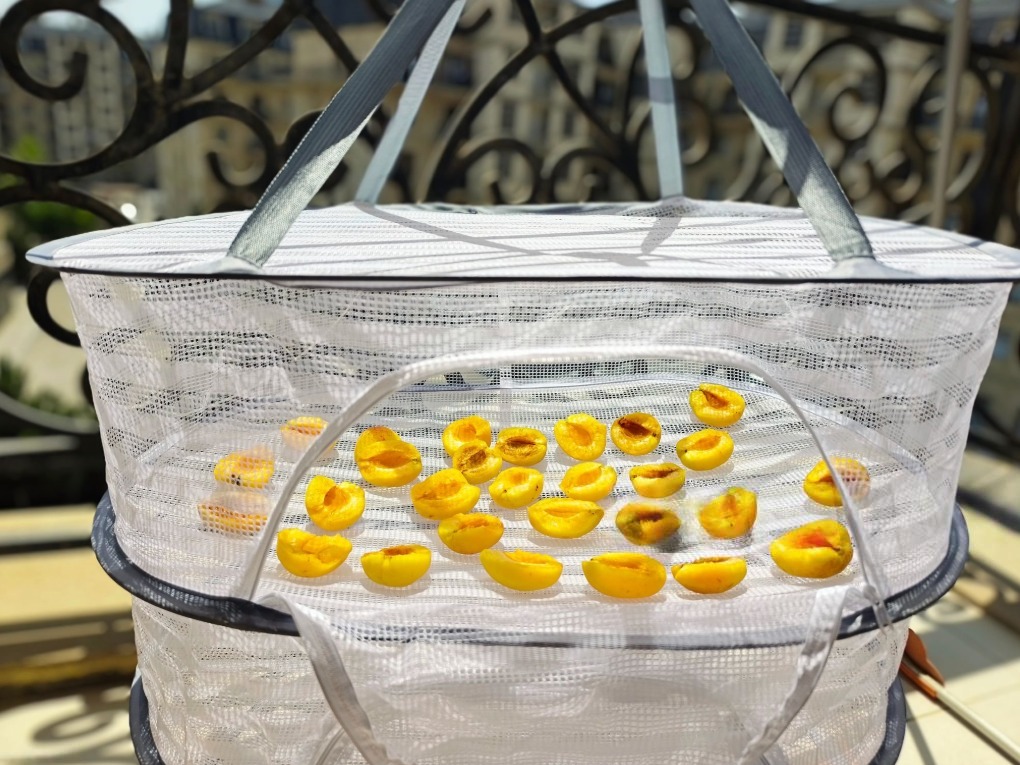
One of the most ancient natural fruit-drying methods at home is sun drying. It’s eco-friendly, free, and ideal for hot, dry climates.
Slice your fruits thinly and place them on mesh trays. Cover with a light net to protect from insects. The key is good airflow and consistent sunlight for 3–5 days.
Rotate the slices daily so they dry evenly. Perfect for mangoes, figs, and apricots!
Tip: Bring trays inside overnight to prevent moisture from dew.
2. Oven Drying Method
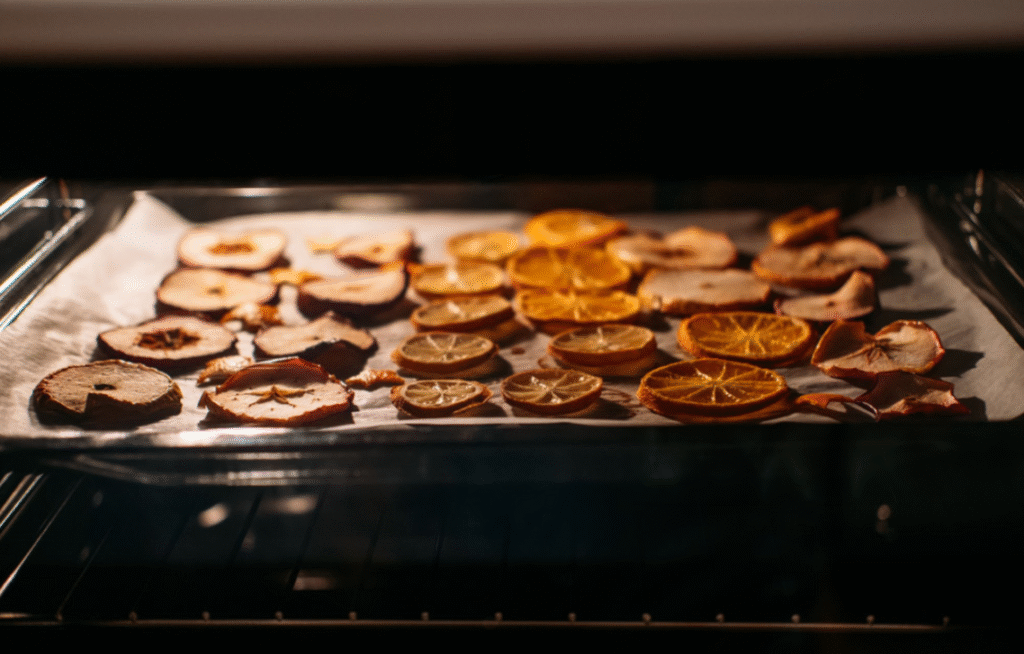
When sunlight isn’t an option, oven drying is a reliable indoor alternative. It’s one of the easiest natural fruit-drying methods at home for beginners.
Set your oven to 60–70°C (140–160°F). Arrange fruits on parchment-lined trays, keeping slices slightly apart.
Keep the door slightly open to allow moisture to escape. This gentle heat dries fruits within 6–12 hours, depending on thickness.
Tip: Flip halfway through for the best texture.
3. Dehydrator Drying Method
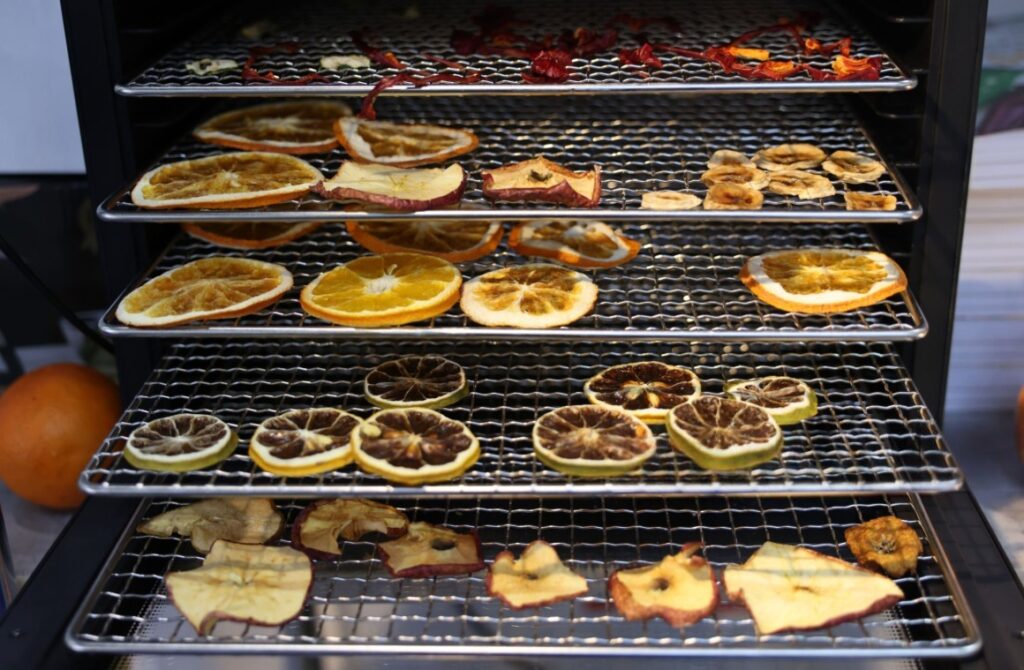
If you’re serious about food preservation, investing in a dehydrator can transform how you dry fruits.
Dehydrators circulate warm air evenly, making them a top-rated natural fruit-drying methods at home for consistent results.
Set the temperature to 57°C (135°F) and check every few hours. Apples, bananas, and berries turn perfectly chewy yet dry.
Tip: Always pre-treat fruits that brown easily—like apples—with lemon water.
4. The air-drying method
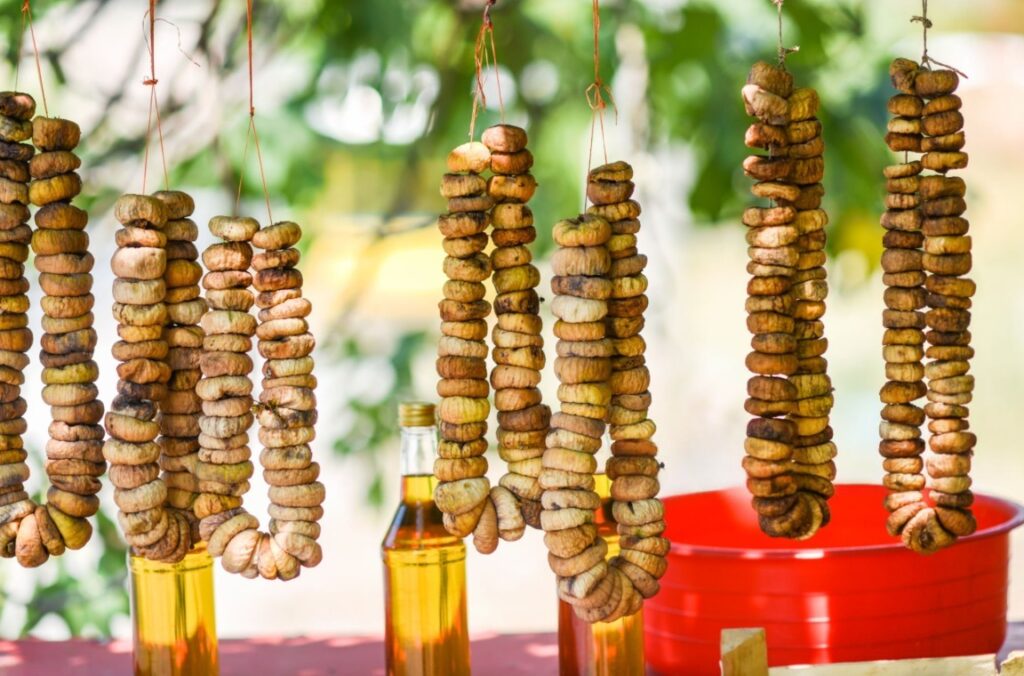
If you live in a low-humidity area, air drying works beautifully. This natural fruit-drying methods at home requires no heat or electricity.
Hang fruit slices on string or thread them through skewers. Keep them in a well-ventilated area away from dust.
It’s slower—taking up to a week—but retains more flavor.
Tip: Avoid air drying in humid or rainy weather.
5. Solar Dryer Method
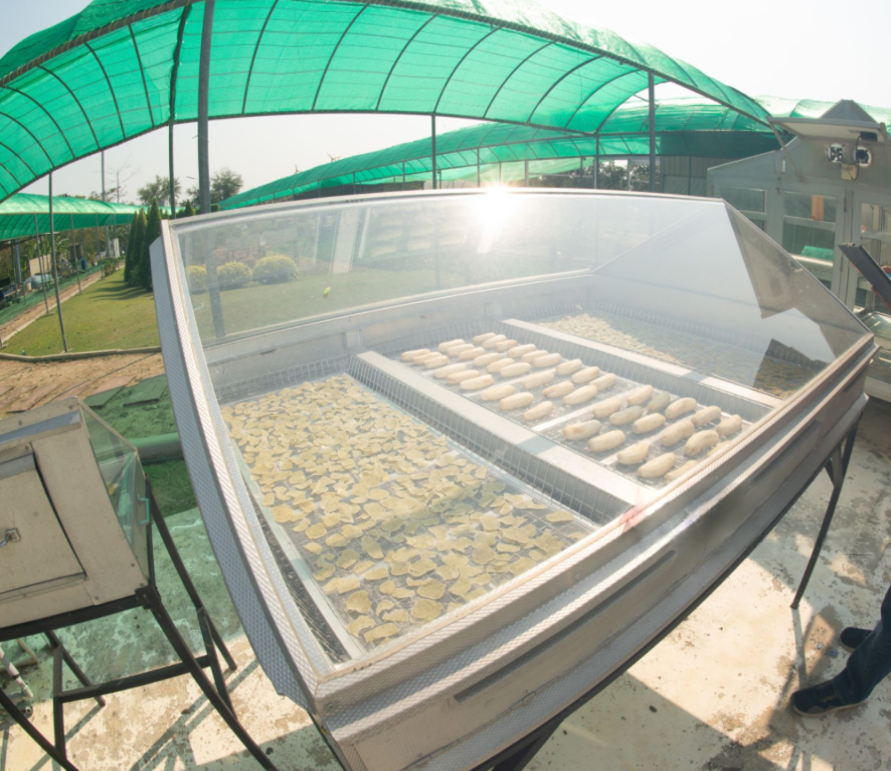
Want a modern twist on sun drying? A solar dryer is a great middle ground between nature and technology.
This natural fruit-drying methods at home uses a box fitted with reflective panels and vents to trap solar heat while allowing airflow.
It dries fruits faster than open sun drying, reducing contamination risk. You can even build a DIY solar dryer using wood, glass, and mesh trays!
Tip: Use a thermometer to monitor internal temperature—the ideal range is 50–60°C.
6. The microwave drying method
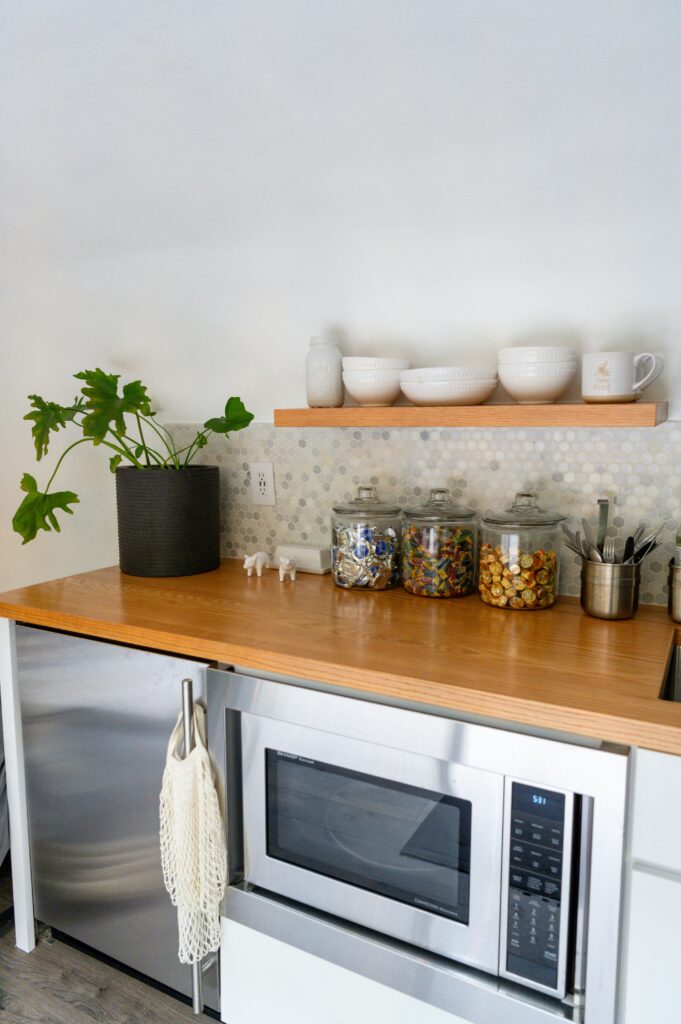
Microwave drying is quick, but it needs attention. It’s a surprisingly effective natural fruit-drying methods at home for small batches.
Lay fruit slices between parchment sheets and microwave at low power in 30-second intervals.
Check frequently—once edges start to curl, they’re nearly done.
Tip: Avoid thick slices; they may burn before drying properly.
7. The air fryer drying method
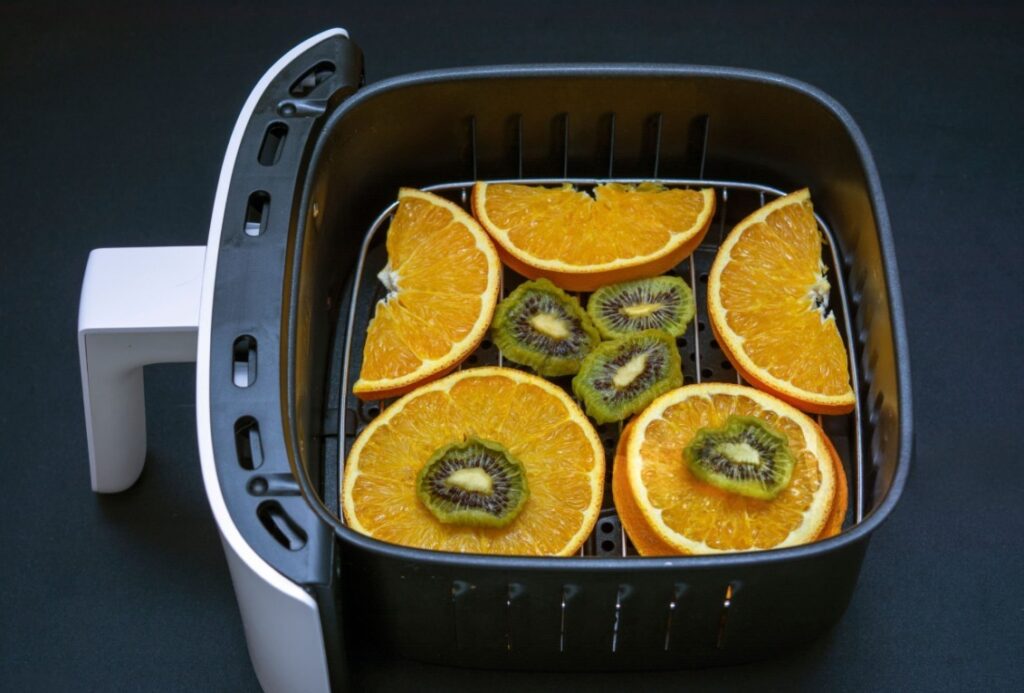
Air fryers are becoming a popular choice for drying fruits naturally. With low heat and steady airflow, this natural fruit-drying methods at home gives fast, uniform results.
Set the air fryer to 60°C (140°F) and dry fruits for 3–5 hours. Pause occasionally to shake the basket for even drying.
Tip: Works best for apples, strawberries, and mangoes.
8. Radiator or Heater Drying Method
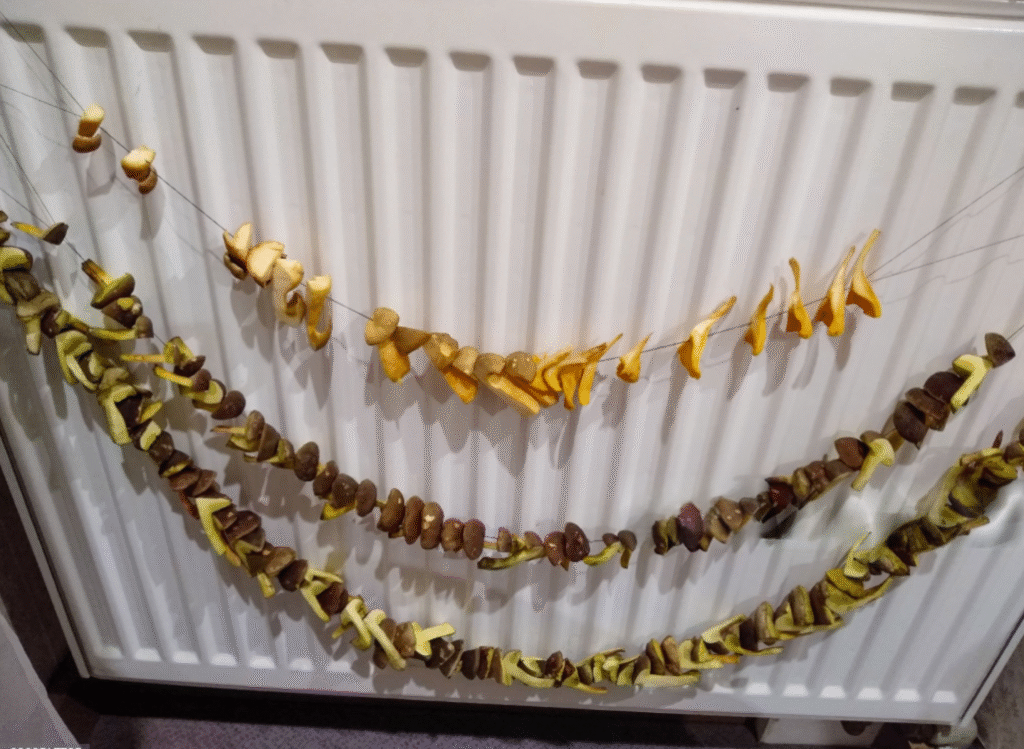
During cold months, your home’s warmth can help dry fruits naturally.
Place fruit slices on racks near a radiator or heater (not directly on it). This natural fruit-drying methods at home is slow but energy-efficient.
Turn the slices daily until they reach your preferred dryness.
Tip: Keep humidity low for faster drying.
9. Window Drying Method
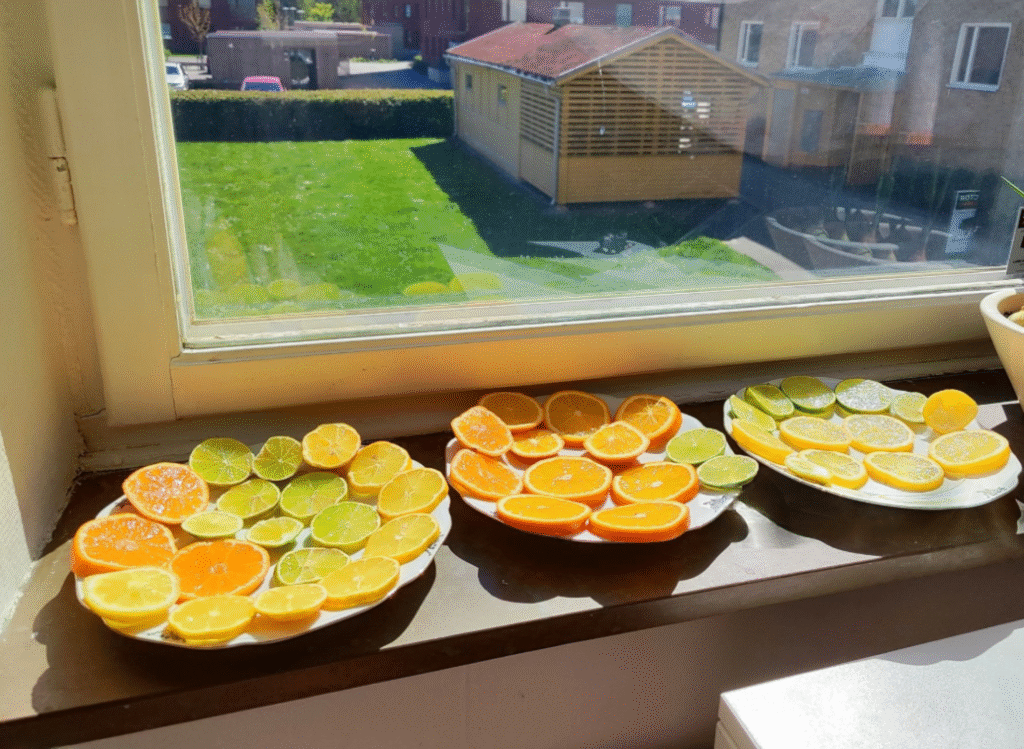
If you have sunny windows, put them to use! This gentle natural fruit-drying methods at home uses natural light filtered through glass.
Spread fruits on trays lined with parchment and set them near a sunny window.
Flip them once daily. This method takes longer—usually 5–7 days—but adds no extra cost.
Tip: Ensure proper ventilation to avoid mold.
10. Combination Drying Method
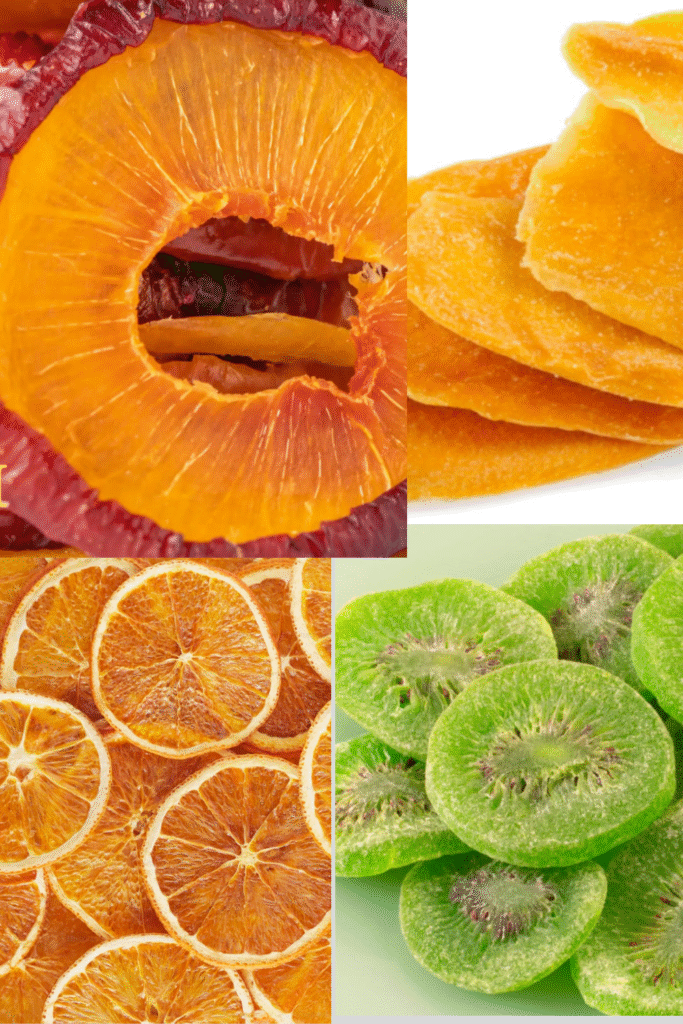
Why stick to one method? Many homesteaders blend two or more natural fruit-drying methods at home for ideal results.
For example, start with sun drying for two days, then finish in the oven or dehydrator to remove remaining moisture.
This hybrid approach saves energy while ensuring your fruits are fully preserved.
Tip: Always store dried fruits in airtight containers after cooling completely.
How to Tell If Fruits Are Fully Dried
Your fruits should be leathery but not sticky. Tear one open—if there’s no visible moisture inside, they’re ready.
Let them cool before sealing to prevent condensation inside containers.
Storing Your Dried Fruits
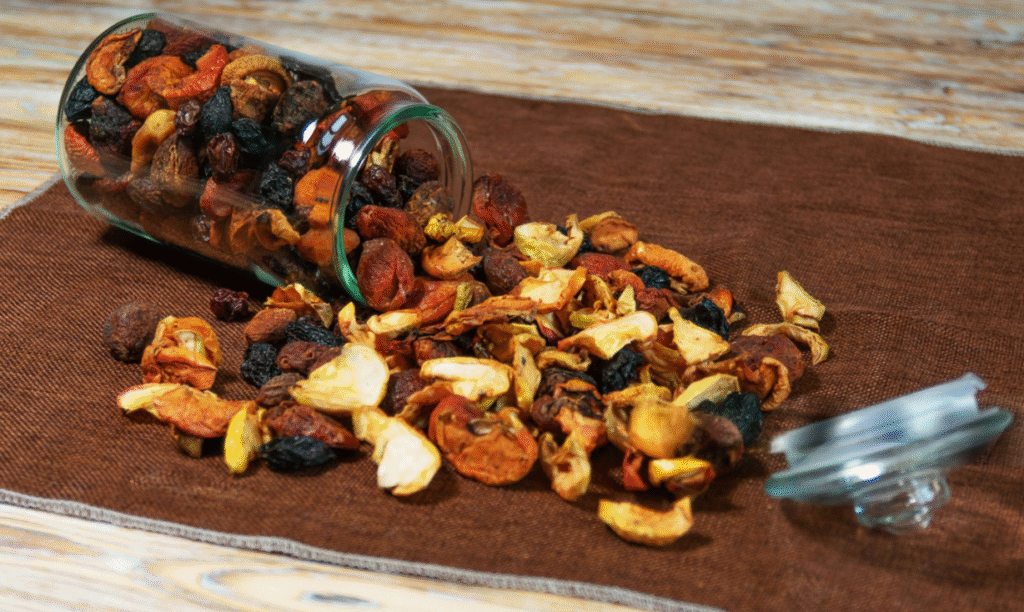
Use glass jars or vacuum-sealed bags. Store in a cool, dark place. Properly dried fruits can last up to 12 months!
For long-term storage, freeze or refrigerate to retain flavor and texture.
Benefits of natural fruit-drying at home
- Saves money on store-bought snacks
- Reduces food waste
- Keeps nutrients intact
- Allows natural flavor control
- Perfect for healthy snacking or baking
Drying your fruits naturally is sustainable, simple, and deeply rewarding.
FAQs about Natural Fruit-Drying Methods at home
1. Which fruits dry best at home?
Apples, mangoes, bananas, grapes, and apricots are most popular for natural fruit-drying methods at home because they retain flavor and color well.
2. How do I prevent fruits from turning brown while drying?
Dip slices in lemon water for a few minutes before drying. This natural antioxidant keeps fruits looking fresh.
3. Can I dry frozen fruits?
Yes! Thaw and pat them dry first. Then follow your chosen natural fruit-drying methods at home for great results.
4. How long do homemade dried fruits last?
When stored in airtight jars away from moisture, they can last up to a year without losing quality.
Drying fruits naturally is not just a preservation method—it’s a creative, mindful way to connect with your food and enjoy seasonal goodness all year round. 🌞🍎
If it becomes helpful, save it!




